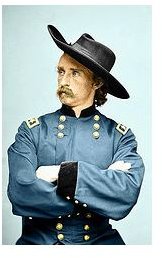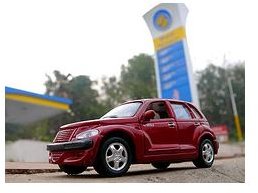Risk Management Anecdotes: Poor Risk Management Examples That Caused Project Failures
Catastrophic Example
If you think of risk management and how it employs the idea of identifying risks, prioritizing risk, and dealing with risk, a poor risk management example could be the effects of Hurricane Katrina. The government powers-that-be ignored warnings of failing levies and the damage that could result from floods.
Over 1,300 people were killed as a result of Hurricane Katrina and over 250,000 homes were destroyed. If risk management was implemented years earlier with regard to failing levies, how would things have been different?
Determining the Risk - If both local, state, and federal governments would have embraced studies on weak levies, and taken them seriously, how risky the levies could be would have been determined.
Prioritizing the Risk - Once the levies were identified as a risk, each levy could have been given a priority of risk as far as needed repairs first and last.
Dealing With the Risk - Through coordinated efforts, the levies in and around Louisiana would have been secured by the use of good risk management.
Big Business Example
When the Chrysler Corporation introduced the PT Cruiser in 2000 with anticipated dealer showroom delivery in early 2001, they could have used a risk management plan.
Thousands of eager customers headed to their dealerships to buy one only to find they were not available. Customers were encouraged by both Chrysler and dealerships to put a deposit on one for a guaranteed delivery! As eager customers waited, few PT Cruisers became available due to manufacturing constraints and poor production efforts. As a result, dealerships refunded many customer deposits. Even worse, some of those customers lost faith in Chrysler and, instead of awaiting the arrival of the PT Cruiser, chose to spend their dollars on vehicles made by other auto manufacturers.
Project Goal - The goal to deliver PT Cruisers to dealerships everywhere in 2001 was not met, causing Chrysler not only to lose PT Cruiser buyers but auto buyers altogether.
Using Risk Management - If Chrysler had utilized a good risk management plan for delivering the PT Cruisers as promised, the production and manufacturing availability problems would have been discovered prior to delivery promises.
The Little Big Horn Example

General Custer lost the battle at Little Big Horn, but did he do so because of poor information and his own assumptions?
From June 25th to June 26th in 1876, Custer and his 7th Calvary attacked and battled with the Cheyenne Indians in Montana with poor information and soldier assumptions. First, Custer was given false information on how many Indians were actually at Little Big Horn. The Indian agents who provided Custer with the information based their numbers on a guesstimate. Indian agents came up with numbers by using the estimated number of Indians who were forced off their reservations and who were left; they didn’t even account for those who were kicked off reservations and didn’t leave.
Project Goal - According to Custer historians, the general’s goal was to contain the Indian population at Little Big Horn, not fight with them.
Using Risk Management - If General Custer and his calvary worked more closely with Indian agents and asked some prudent questions to evaluate any threats in their goal to contain the Indians at Little Big Horn, Custer and many of his soldiers may have not lost their lives.
History in government, big business, and war have have shown us poor risk management causing projects to fail. While these risk management anecdotes are unfortunate, they all could have been different by planning ahead and the use of a quality risk management plan in place.
